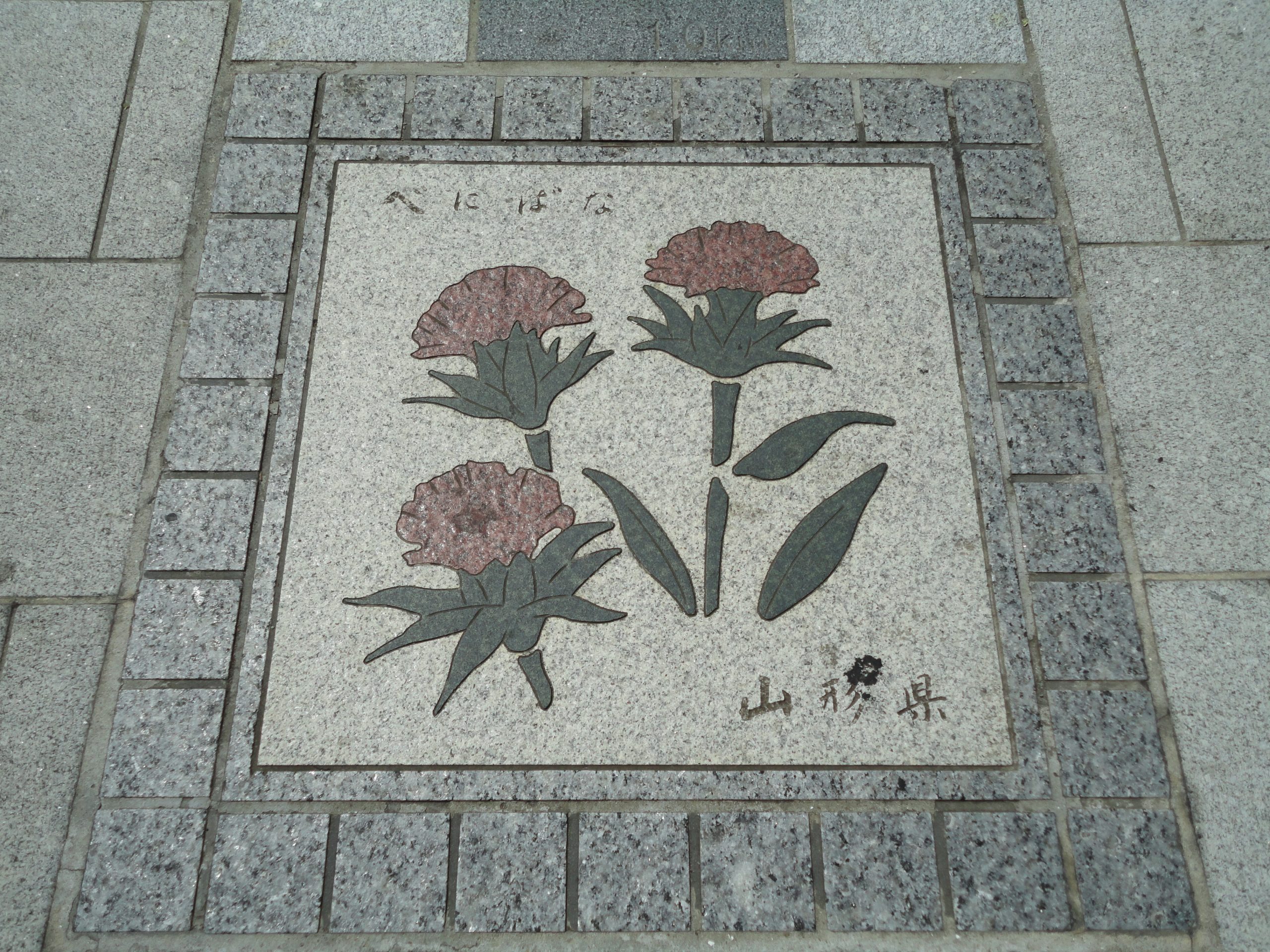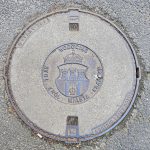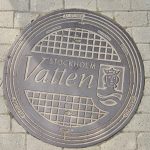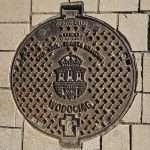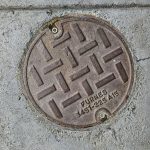The Art and Utility of Manhole Covers
Manhole covers, often overlooked in the bustling streets of cities, serve as both functional and artistic elements of urban infrastructure. These ubiquitous objects, designed primarily to cover access points to underground utilities, offer a fascinating glimpse into the intersection of utility, history, and artistry.
Functional Significance
The primary purpose of manhole covers is to provide secure and accessible entry points to underground systems such as sewage, storm drains, and utilities like water, electricity, and telecommunications. Made from durable materials like cast iron, these covers are designed to withstand heavy loads and harsh environmental conditions. Their round shape is practical, ensuring they cannot fall through the circular openings they cover, while also allowing easy maneuverability when maintenance is required.
Historical Perspective
Manhole covers have a long history, dating back to ancient Rome, where stone slabs covered sewer openings. Over centuries, as cities grew and their infrastructure became more complex, the design and materials of manhole covers evolved. The Industrial Revolution marked a significant turning point, with the mass production of cast iron covers becoming standard. These covers often featured intricate designs and the insignia of local municipalities, reflecting the pride and craftsmanship of the era.
Artistic Expression
Beyond their utilitarian function, manhole covers have become canvases for artistic expression. In cities around the world, they feature unique designs that celebrate local culture, history, and identity. In Japan, for instance, manhole covers are renowned for their elaborate and colorful depictions of local landmarks, flora, and fauna. These artistic covers have not only become a point of local pride but also attract tourists and photographers, turning ordinary streets into open-air galleries.
In Europe and the United States, manhole covers often bear the marks of historical foundries, with some dating back over a century. Their designs, ranging from simple geometric patterns to ornate crests, tell the story of the industrial and municipal development of the cities they serve.
Modern Innovations
In recent years, technological advancements have influenced the design and functionality of manhole covers. Innovations include covers equipped with sensors to monitor underground conditions, detect unauthorized access, and provide data for maintenance planning. Materials have also diversified, with composite covers offering lighter alternatives to traditional cast iron while maintaining strength and durability.
Conclusion
Manhole covers are much more than mundane pieces of metal; they are an essential part of urban infrastructure that combines functionality with historical and artistic significance. As cities continue to grow and evolve, these humble covers will undoubtedly keep pace, embodying both the practical needs and creative spirit of their communities. Whether admired for their design, appreciated for their history, or simply walked over daily, manhole covers are a testament to human ingenuity and the subtle beauty of everyday objects.
